I’ve always had a difficult relationship with Florence. As one of Europe’s great cities for history and art, it’s a must-see destination for first-time or repeat visitors to Italy.
Florence is made for lovers of culture, food, wine and shopping—its compact centro storico (historic centre) allows travellers to partake in its bounty of Renaissance art, Tuscan wine and culinary riches, hand-crafted leather goods and quintessential Italian ambience.
Those are the parts I love about Florence. The parts I don’t love include its intense crowds most months of the year. During the summer, couple the crowds with cloying heat and humidity, and Florence can be a lot tougher to love. Throw in gaggles of Instagrammers and their seas of selfie sticks, thousands of cruise-ship day-trippers aimlessly following their umbrella-toting tour guides, binge-drinking semester abroad students and…well, I could go on. Suffice to say that if Florence and I were in a relationship, I’d categorise it as “it’s complicated.”
But I’m happy to say I finally found a way to love Florence unconditionally. The secret to visiting the Renaissance capital of Europe is to make sure you have a refuge, in the form of a luxury lodging that provides a cool—or warm and dry, depending on the weather—retreat from all the worst parts of Florence, and allows guests to discover and appreciate all the many things there are to love about this pearl of Tuscany.
Hotel Bernini Palace provides just such a retreat, in the heart of Florence but worlds away from the most chaotic aspects of this grand city. The 5-star lodging, part of the Duetorrihotel Group of luxury hotels in Italy, sits in a 14th-century palace right behind the Palazzo Vecchio, the historic Florence city hall that overlooks Piazza della Signoria, Florence’s most important square. From the street, which is closed to all but local traffic, the hotel’s 19th-century façade, sort of Renaissance-revival in style, is restrained and, in keeping with the rules of the centro storico, low on signage.
It’s only upon entering that the hotel really comes to life, with a plush lobby that combines period furnishings with modern lighting fixtures and sleek gold accents. Confirming the palace’s Renaissance past, four-sided columns support the arches that delineate the lofty ceiling. On the far end of the lobby, the Lounge Bar, a study in burnished gold and charcoal-coloured décor, provides a classy environment for a cocktail or espresso, and inviting easy chairs and sofas allow for quiet reading or conversation over drinks.
Rooms
Rooms at Bernini Palace range in size from modest to palatial, with price points that reflect their square footage. While all rooms are well-appointed, classic and comfortable, those at Deluxe level and higher are outfitted with antique furnishings, Murano glass fixtures and brocade fabric insets on walls. Junior suites have separate sleeping chambers, and living areas with desks, easy chairs and side tables. Things start to get really serious with the Tuscan-class suites—super-luxe, extra-large spaces decked out with wood-beam ceilings and Renaissance-style furnishings and décor, including 4-poster beds, tapestries and objets d’art that recall the Golden Age of the Medici.
In all room categories bathrooms, while classic in design and finished with Carrara marble, are thoroughly modern in terms of amenities, with large walk-in showers (some have separate, deep soaking tubs) and Trussardi toiletries. Fresh flowers and fruit and complimentary bottled water, coffee and tea are additional grace notes in all rooms.
Our fifth-floor junior suite had a lovely view of Piazza di San Firenze and in the near distance, Brunelleschi’s famous dome. During our summer visit, it was satisfying to take an afternoon break to cool off and relax, while withering tour groups and packs of students sought out scarce patches of shade on the piazza. Our windows proved to be well-insulated, too, as we were able to shut them at night and close out any noise from passing groups of partiers—it is still Florence, after all.
Dining
A little-known fact that may be news even to most Italians? From 1865-1870, Florence was the capitol of the Kingdom of Italy and the site of unified Italy’s first parliament. Members of the house and senate, who convened in separate palazzos, chose the then-Columbia Parlamento Hotel—the future Bernini Palace—as their joint meeting point. The hotel’s Sala Parlamento was their meeting salon, and today, the faces of the early days of the future Republic of Italy—Garibaldi, Cavour, Corsini—still gaze down from the salon’s ornate, frescoed and gilt ceiling. It makes for an auspicious place to eat breakfast! The hotel’s abundant breakfast buffet offers hot and cold stations, plus made-to-order items.
The hotel’s gourmet restaurant, La Chiostrina, occupies one of the oldest parts of the palace, a courtyard that is now enclosed. Open for dinner only, the setting is low-lit and romantic, and the menu focuses mostly on traditional Tuscan ingredients in unexpected combinations, like pici, a toothy hand-rolled pasta any Italian nonna knows how to make, paired with smoked duck, green apple, oranges and capers. Even lampredotto, the classic Florentine street food of the fourth stomach of the cow (really) herbed and slow-cooked, is given a twist at La Chiostrina, where it’s served with tomatoes, a mousse of green sauce and smoked scamorza cheese. For vegetarians and even vegans, there are a surprising number of choices on the otherwise meat- and fish-rich menu.
For something less formal, the hotel’s Lounge Bar serves a light lunch at midday and other small bite items from happy hour into the evening. In clement weather, drinks and snacks are available on the roof terrace, which offers glorious views of Florence’s terracotta roofs and iconic domes and spires.
The Setting
For sightseeing, shopping and dining out, Hotel Bernini Palace simply couldn’t be much better located. The hotel is a 20-minute walk from Florence’s Santa Maria Novella railway station, and well-under 20 minutes from most other landmarks and attractions, including the city’s storied Duomo, Boboli Gardens, the Accademia Gallery, home of Michelangelo’s David, and a raft of other points of interest. The Uffizi Gallery, one of the world’s great collections of medieval and Renaissance art, is even closer—just 4 minutes’ walk from the hotel.
For luxury shopping, Via dè Tornabuoni is an 8-minute walk. This is hallowed retail ground for seeking of luxury loot, with Made in Italy brands like Gucci, Bulgari, and Tod’s vying for passing shoppers. More budget-friendly shopping is found on Via Calzaiuoli, with stores like Stefanal, Zara, Coin and Swarovski.
For Florence’s fabled leather goods, your options are to wander sidestreets and look for small workshops and boutique selling handmade goods, or head straight to the mother lode—Mercato San Lorenzo. Navigating Florence’s historic leather market means wading through a lot of low-quality, decidedly not Made in Italy goods. At many of the legit stands, salespeople will try to lead you to their stores, where they have a lot bigger selection. Why this might raise red flags in other cities, in Florence’s it’s the norm—if you’re seriously looking to buy a leather coat or bag, go ahead and go to the showrooms, don’t be afraid to bargain and always be prepared to walk away if the deal’s not good enough.
For nightlife, head to Via dei Benci in the Santa Croce neighbourhood for a party-loving student crowd. For something a little more sophisticated, the bars and restaurants of the Santo Spirito, San Niccolò and San Frediano neighbourhoods that collectively make up the Oltrarno (the other side of the Arno) are filled with beautiful young professionals drinking fancy drinks.



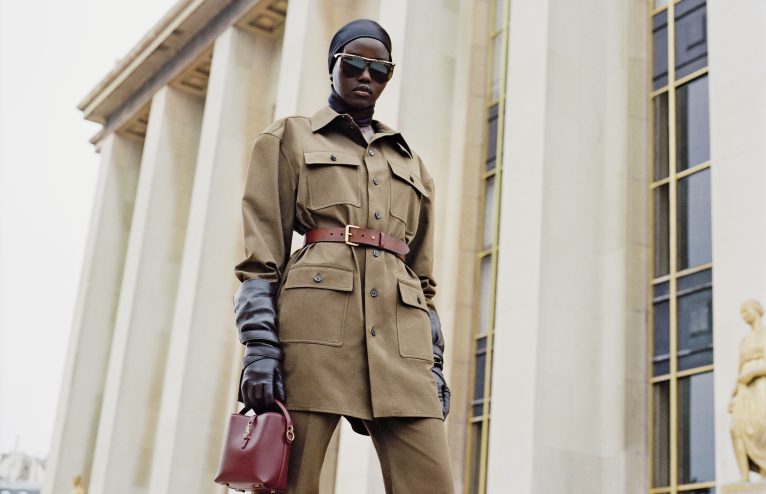
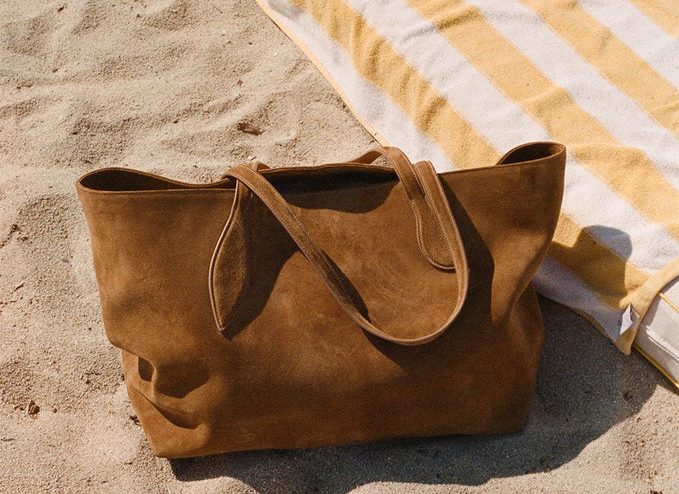

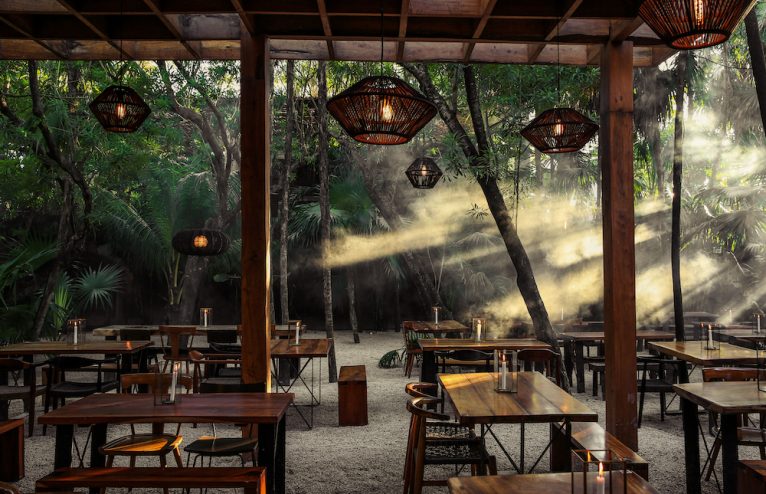
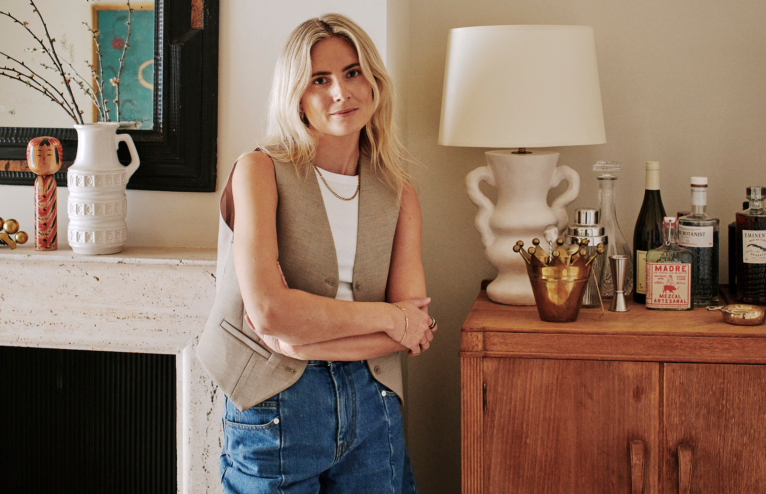

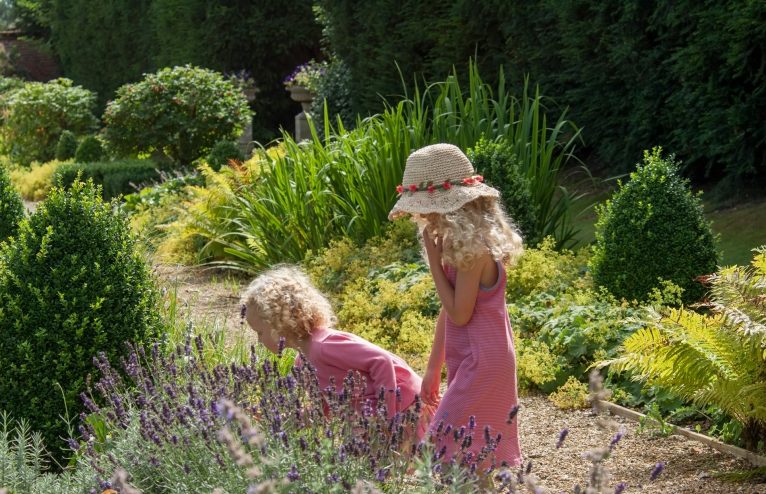





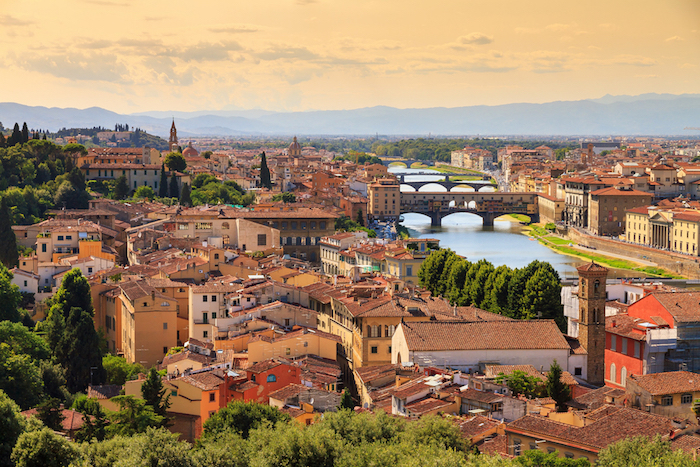
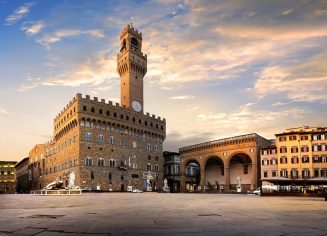




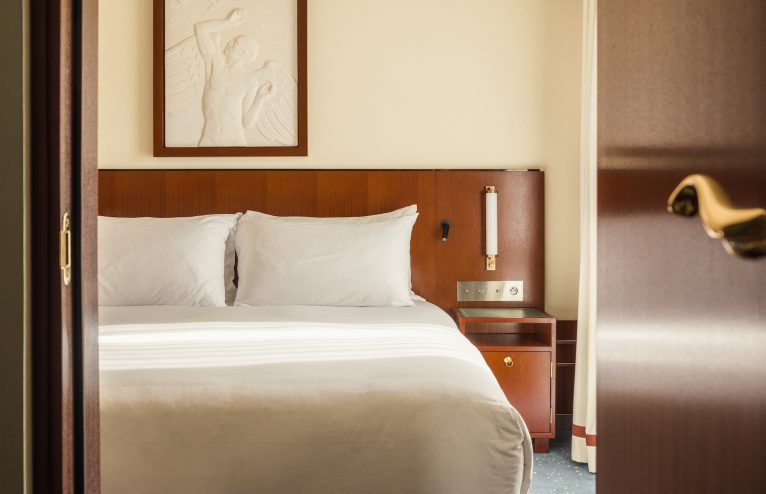
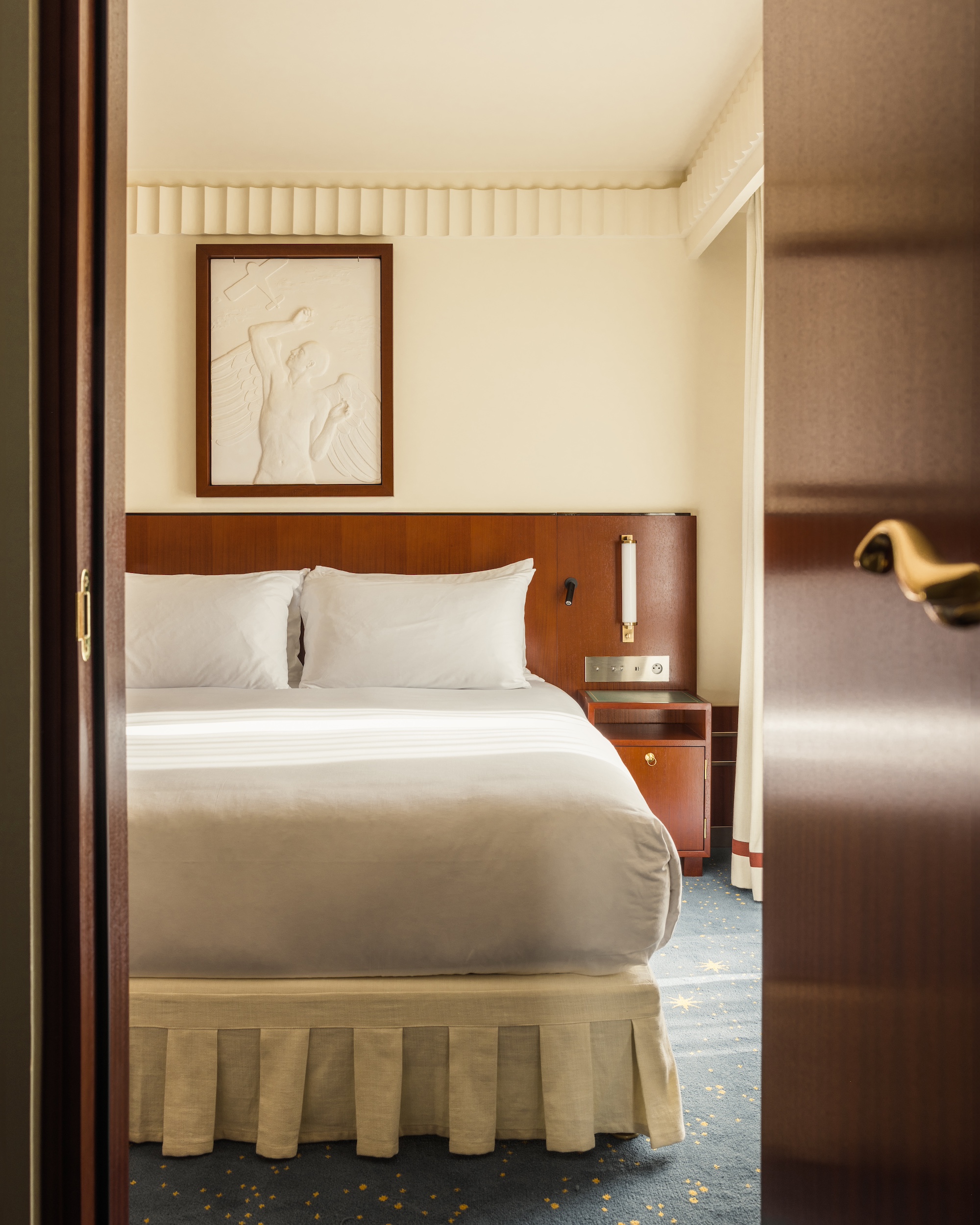



Any Questions or Tips to add?